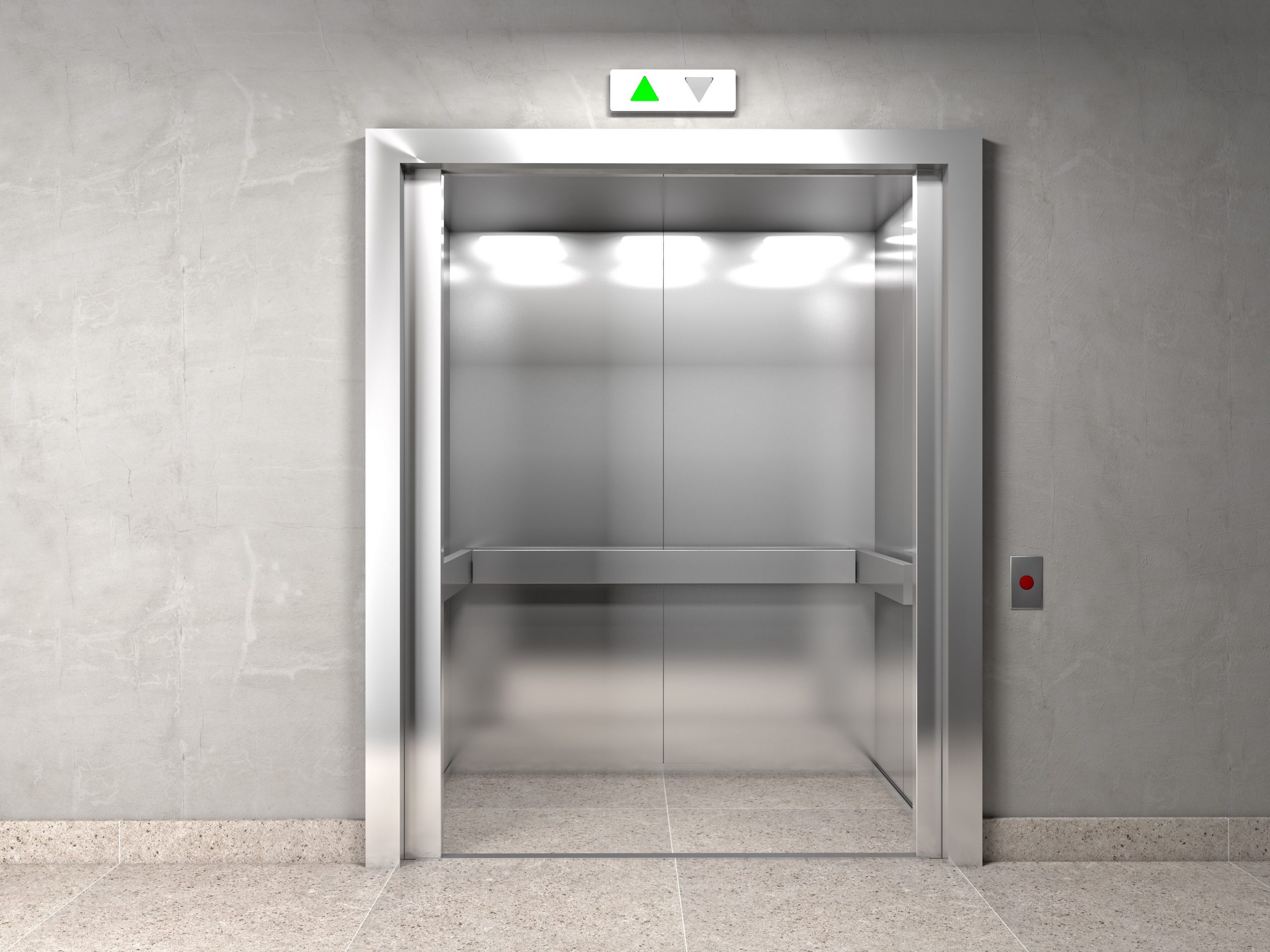An elevator is a type of vertical transport equipment. Elevator are generally powered by electric motors that either drive traction cables or counterweight systems like a hoist.A modern elevator consists of a cage or car mounted on a platform within an enclose space called a shaft.
Today, about 4,8 million lifts, as well as about 75.000 escalators and moving walks
installed in the EU-27. Taking into account demographic trends as well as a growing need for
convenience, it is expected that the number of lifts and escalators will be rising worldwide, as
well as in Europe. Further urbanization in developing countries and a growing awareness for
accessibility issues due to an aging population in Europe will foster the need for more of this
equipment.
Their energy consumption is now estimated at 3 to 5 % of the overall consumption of a
building (Sachs 2005)(E4 project 2009, D3.2). About one third of the final energy consumption
in the Community is used in the tertiary and residential sector, mostly in buildings. Due to the
increased comfort requirements, energy consumption in buildings recently experienced a
significant increase, being one of the leading reasons for a growing amount of CO2 emissions.
High untapped saving potentials exist with respect to energy-efficient equipment, investment
decisions and behavioural approaches, in these sectors.
The E4-project is targeted at the improvement of the energy performance of lifts and
escalators, in the tertiary sector buildings and in the multi-family residential buildings. This
paper is aimed at
